![The Renaissance [The Story of Civilization 5 of 11] The Renaissance [The Story of Civilization 5 of 11]](https://www.rulit.me/data/programs/images/the-renaissance-the-story-of-civilization-5-of-11_610040.jpg)
Аннотация
https://www.wikiwand.com/en/The_Story_of_Civilization#/V._The_Renaissance_(1953)
The Story of Civilization, by husband and wife Will and Ariel Durant, is an 11-volume set of books covering Western history for the general reader.
The series was written over a span of more than five decades. It totals four million words across nearly 10,000 pages, with 2 further books in production at the time of the authors' deaths.[1]
V. The Renaissance (1953)
Venus of Urbino by Titian, one of the Italian Renaissance's most distinguished artists
Venus of Urbino by Titian, one of the Italian Renaissance's most distinguished artists
This volume covers the history of Italy from c.1300 to the mid 16th century, focusing on the Italian Renaissance.
Prelude: 1300–77
The Age of Petrarch and Boccaccio: 1304–75
The Popes in Avignon: 1309–77
"Venetian merchants invaded every market from Jerusalem to Antwerp; they traded impartially with Christians and Mohammedans, and papal excommunications fell upon them with all the force of dew upon the earth." (p. 39)
The Florentine Renaissance: 1378–1534
The Rise of the Medici: 1378–1464
The Golden Age: 1464–92
Savonarola and the Republic: 1492–1534
"But it took more than a revival of antiquity to make the Renaissance. And first of all it took money—smelly bourgeois money: ... of careful calculations, investments and loans, of interest and dividends accumulated until surplus could be spared from the pleasures of the flesh, from the purchase of senates, signories, and mistresses, to pay a Michelangelo or a Titian to transmute wealth into beauty, and perfume a fortune with the breath of art. Money is the root of all civilization." (p. 67-68)
Italian Pageant: 1378–1534
Milan
Leonardo da Vinci
Tuscany and Umbria
Mantua
Ferrara
Venice and Her Realm
Emilia and the Marches
The Kingdom of Naples
"He was not handsome; like most great men, he was spared this distracting handicap." (p. 185)
The Roman Renaissance: 1378–1521
The Crisis in the Church: 1378–1521
The Renaissance Captures Rome: 1447–92
The Borgias
Julius II: 1503–13
Leo X: 1513–21
Debacle
The Intellectual Revolt
The Moral Release
The Political Collapse: 1494–1534
"The historian acquainted with the pervasive pertinacity of nonsense reconciles himself to a glorious future for superstition; he does not expect perfect states to arise out of imperfect men; he perceives that only a small proportion of any generation can be so freed from economic harassments as to have leisure and energy to think their own thoughts instead of those of their forebears or their environment; and he learns to rejoice if he can find in each period a few men and women who have lifted themselves, by the bootstraps of their brains, or by some boon of birth or circumstance, out of superstition, occultism, and credulity to an informed and friendly intelligence conscious of its infinite ignorance." (p. 525)
Finale: 1534–76
Sunset in Venice
The Waning of The Renaissance
Envoi
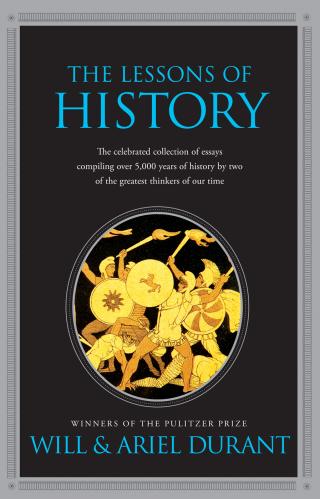
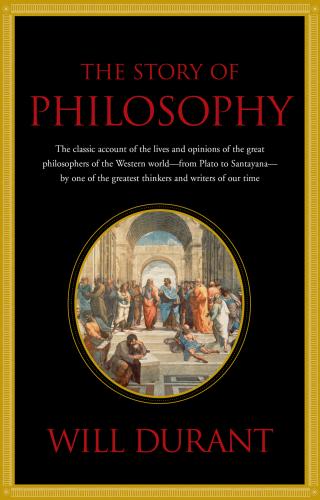
![https://www.wikiwand.com/en/The_Story_of_Civilization#/IV._The_Age_of_Faith_(1950)
The Story of Civilization, by husband and wife Will and Ariel Durant, is an 11-volume set of books covering Western history for the general reader.
The series was written over a span of more than five decades. It... The Age of Faith [The Story of Civilization 4 of 11]](https://www.rulit.me/data/programs/images/the-age-of-faith-the-story-of-civilization-4-of-11_610038.jpg)
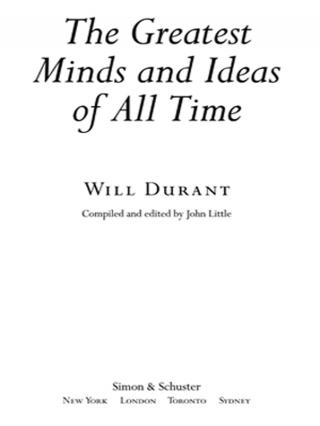

![Дюрант, Вилл. Цезарь и Христос [История Рима: Пер. с англ.]. — М.: АО «КРОН-пресс», 1995. — 735 с., [16] л. ил. 24 см.
Метод синтетической истории позволил Вилу Дюранту во всех... Цезарь и Христос](https://www.rulit.me/kotha/images/nocover.jpg)


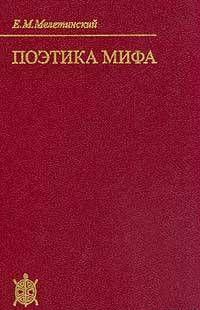
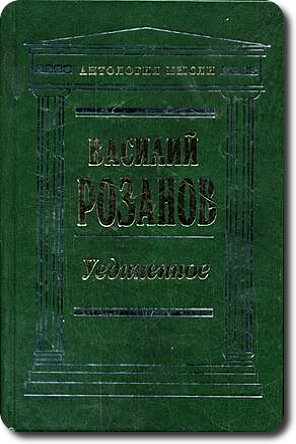
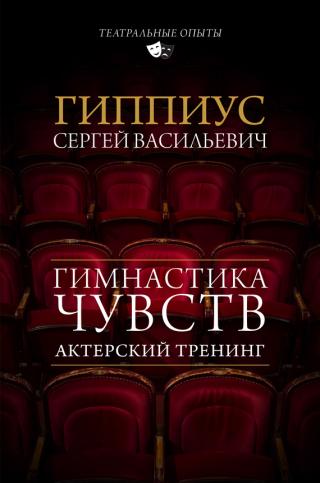

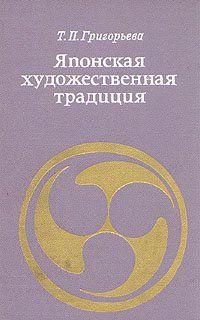
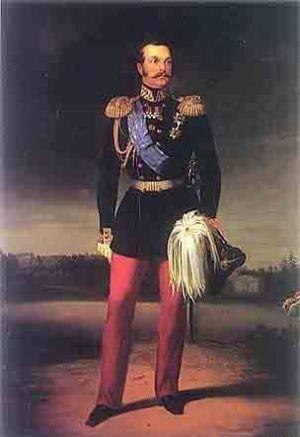
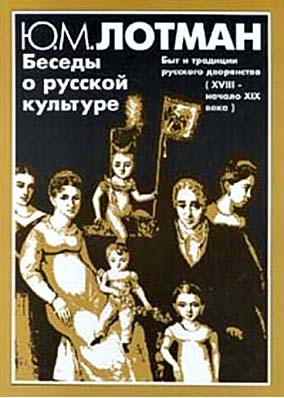

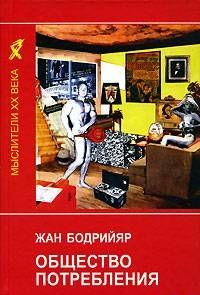
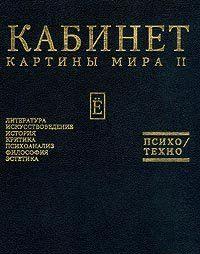
Комментарии к книге "The Renaissance [The Story of Civilization 5 of 11]"